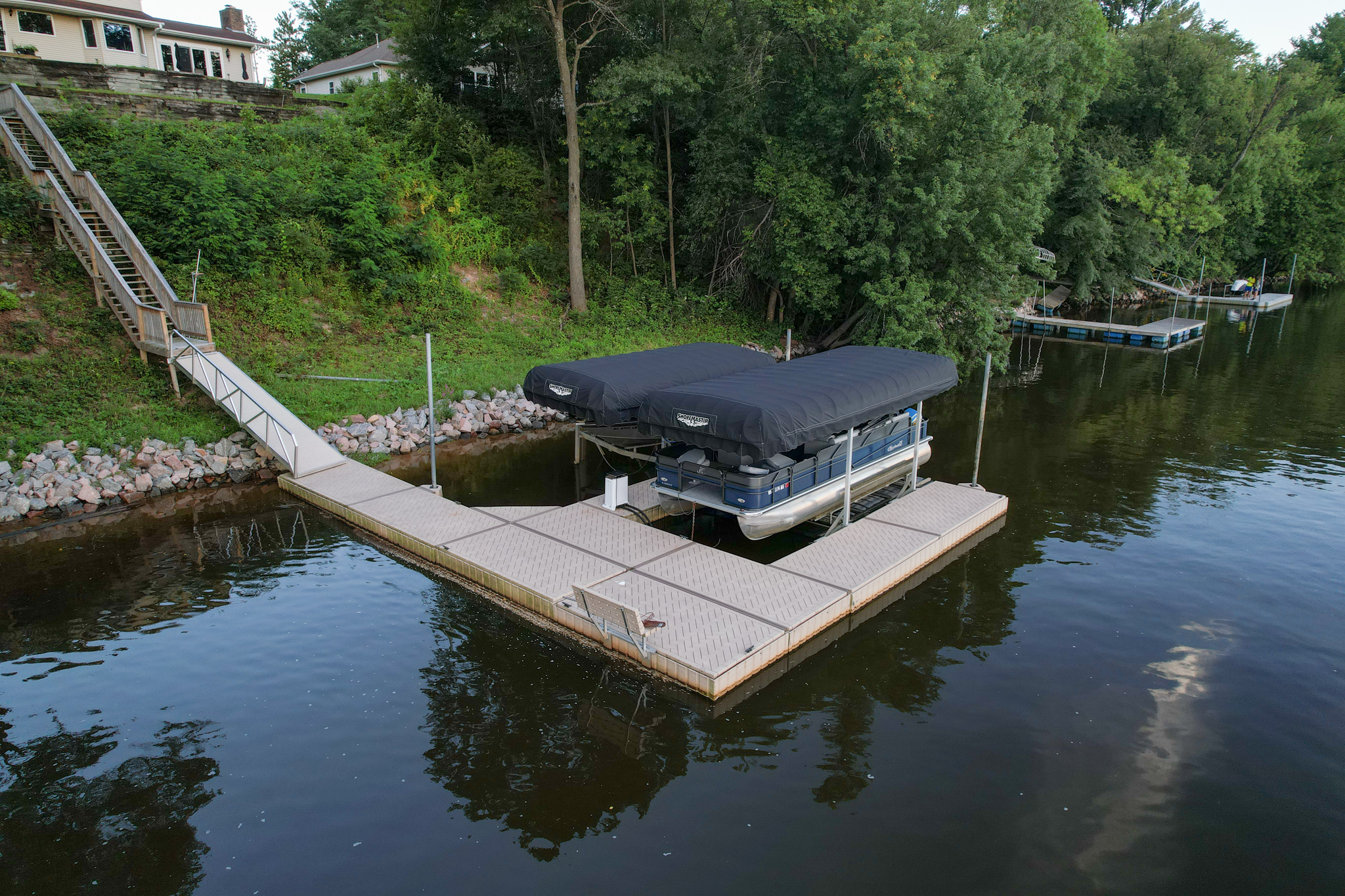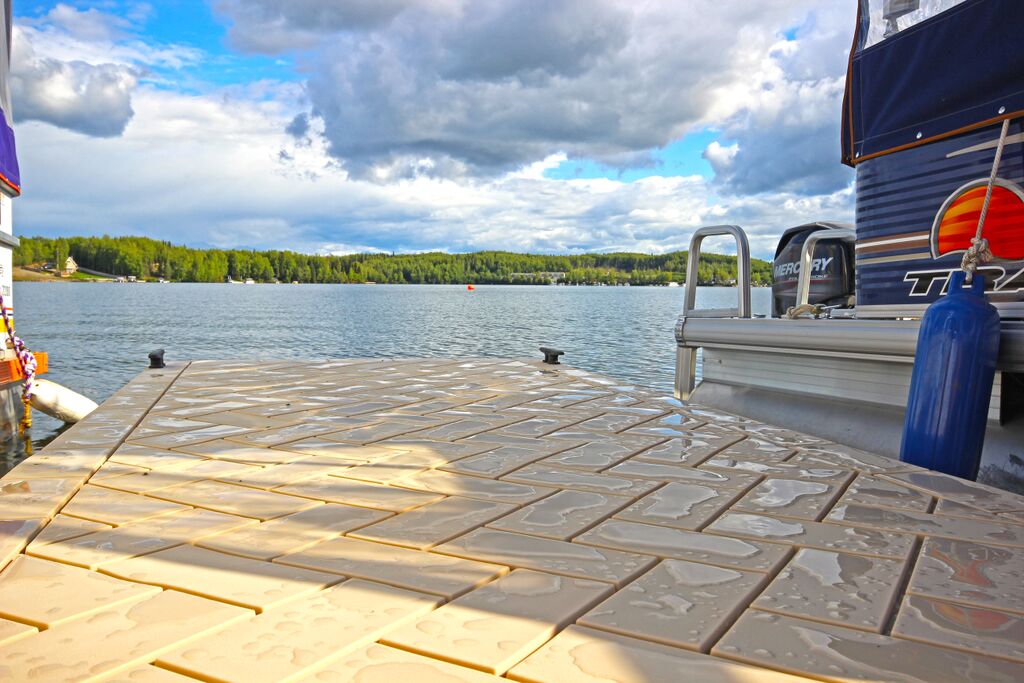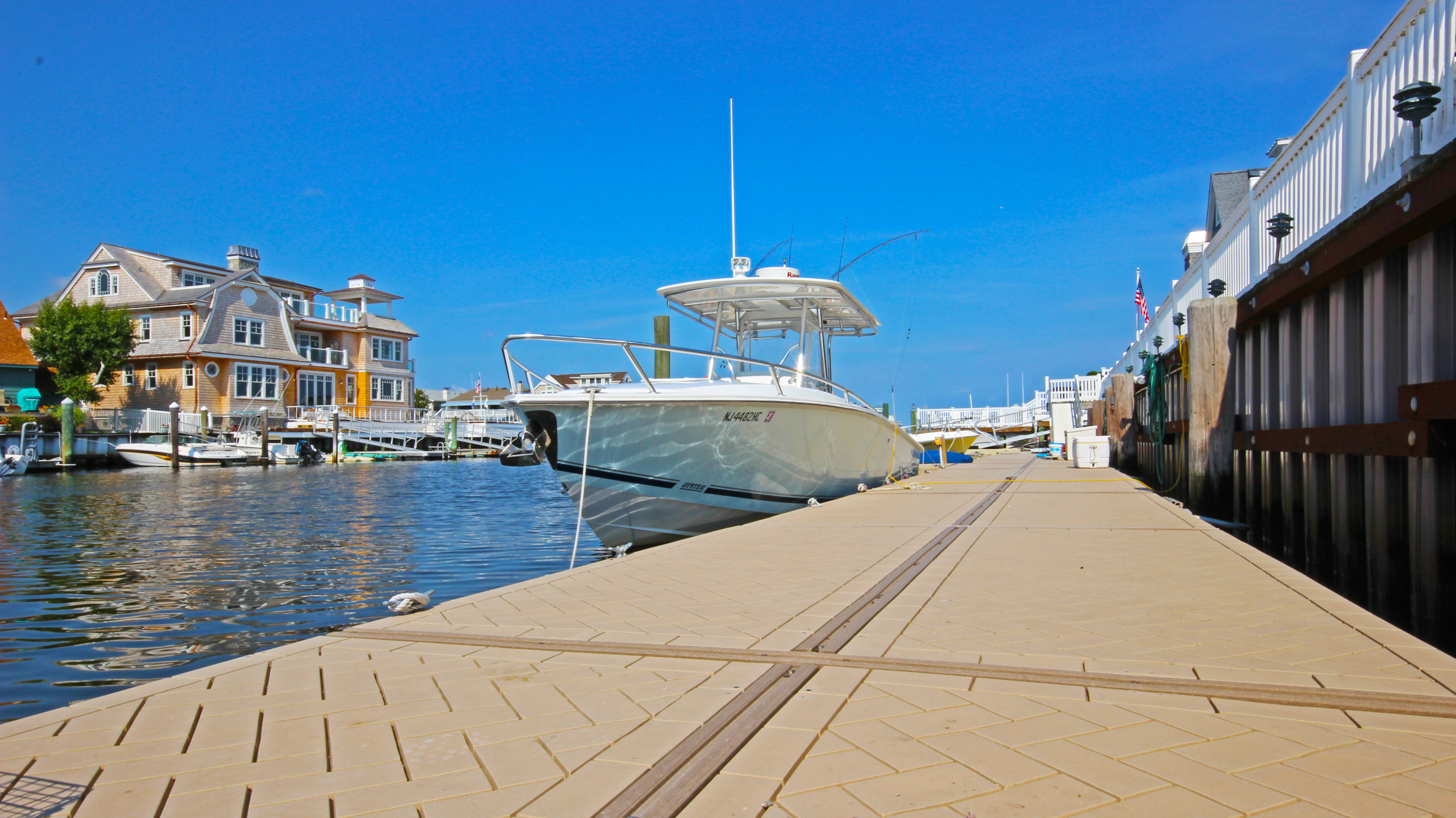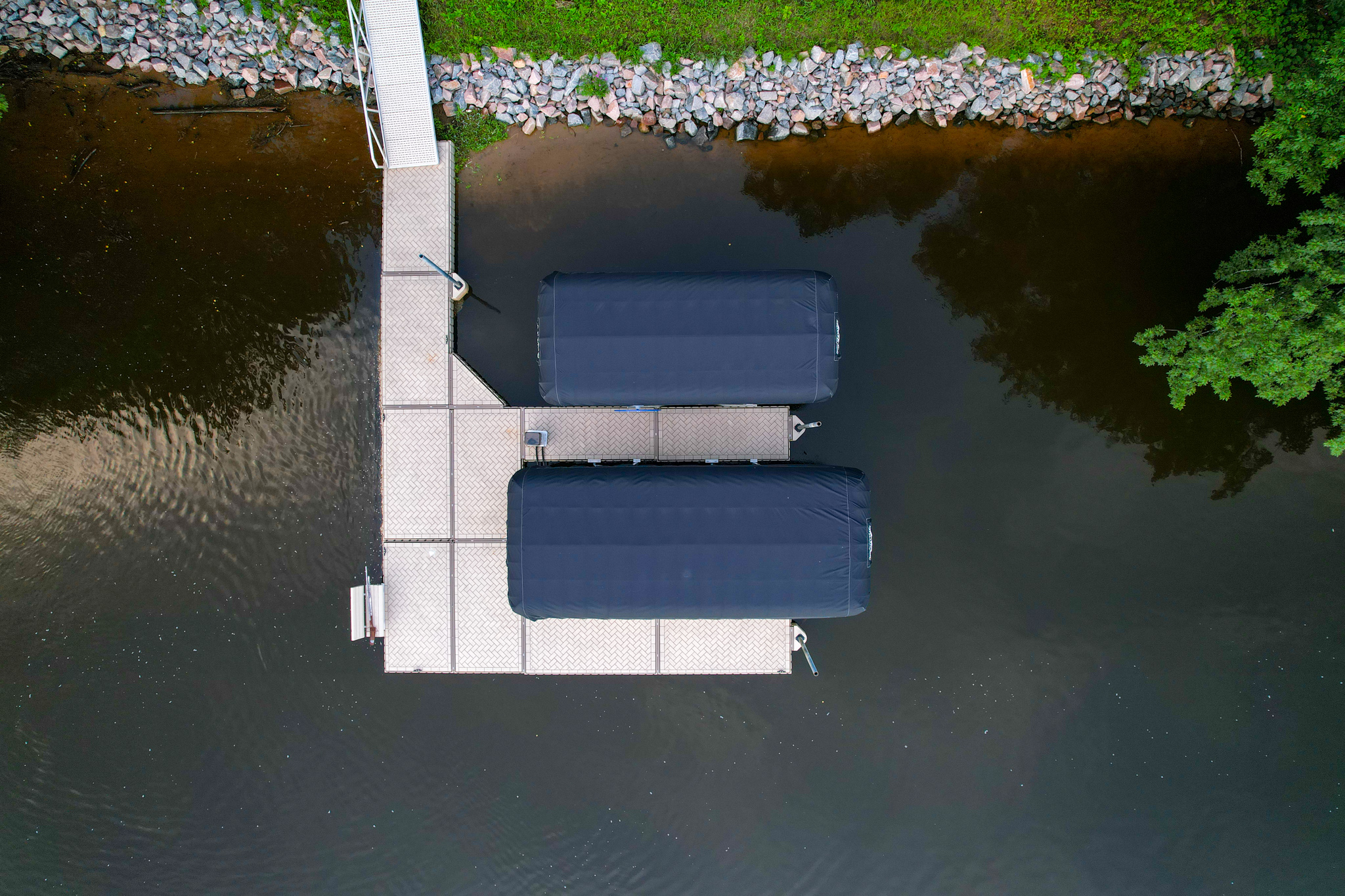Steps to Buying Your Boat Dock
If you haven’t bought a floating dock system before (although it’s always nice to have a refresher if you’re upgrading your system), take some time beforehand to think about what you need out of your PolyDock.
What needs have to be met for you and your waterfront? How big do you need your boat dock system to be, and do you need it to hold more than just your boat? You only have your section of shoreline to work with, which might limit the size of your project. What environment will be supporting your dock? Think about saltwater versus freshwater, tides, the bed considerations, shore type and grade, and climate and seasonal considerations. What kind of system do you want to install—a floating dock, dry dock system, or some combination of the two?
Will your project meet local legal requirements? Some municipalities require authorizations and permits before you install the dock. It’s obviously worth it to follow these requirements so that you’re not forced to remove your dock before you can enjoy it. Generally, you’ll need to stay within certain dimensions, within a certain distance of your shoreline, and there might be mooring restrictions and environmental considerations.
And finally, shop around. Figure out which suppliers and products you might use, and talk to some dealers. It’s easy to get in touch, too—most dealers have online contact forms, a way to call, and physical locations that you can visit to see the dock for yourself.
PolyDock Features
The floating boat docks PolyDock offers consist of modular sections that are durable, incredibly versatile, easy to connect, and come in five different sizes plus corner sections. The floats are rotationally molded, made of polyethylene, not foam-filled, and integrated with the deck surface: this allows for maximum stability, secure footing, and durability even when struck. The dock system traps more air in the recessed “chambers” underneath them for additional flotation and suction. PolyDock has a variety of anchoring options to accommodate nearly any shoreline’s needs. And on top of all of that, it looks great, feels great, and is great for the environment thanks to environmentally friendly production methods, materials, construction, and design.
Installation and Assembly
For first-time PolyDock owners, we strongly recommend that you use the help of a trained professional or any of our authorized dealers for the initial installation. However, it’s possible to install the PolyDock yourself with the help of one or two people. With enough help, you can have it done within a day. We also recommend reading the dock installation instructions for your product before assembling or installing it. Luckily for you, it’s a pretty good read, and you’ll be happy to know that no special tools are required. If you have basic hand tools like screwdrivers and wrenches, you’ll have just about everything you need to assemble your PolyDock system.
System or Section Damage
PolyDock floating dock systems don’t require much in the way of maintenance. A quick wash with soap and water is enough to keep your dock looking new. Everyone should be getting regular dock inspections, and you should tighten the connectors and anchorage before the season begins so that you have less to worry about once you start using your dock. The light tan of the resin dock surface protects itself from photodegradation and damage from UV radiation. It’s difficult to damage a floating dock section under normal use: the .250-inch walls offer a balance between durability and weight and cracks only happen in extreme circumstances like accidents during storage and transport or large collisions from watercraft. If leaks ever do develop, repairing them is a matter of draining water from the affected area and patching the damage.
Considerations for the Seasonal Boater
Seasonal boaters have more to think about than year-round boaters. The changes in weather between seasons mean having to pay extra attention to how your floating dock system interacts with the water, environment and anyone using it. Thankfully, the dock surface reflects sunlight, which protects your feet from the heat more than docks made of darker-colored materials do. There are also gaps in the brick pattern that allows for airflow, which also keeps the dock cool. PolyDock sections are also unaffected by extremely cold temperatures. However, if your location has ice pressure ridges or ice movement, you should remove any pipes or pilings to avoid getting them bent (and tie your dock system to a sturdy location onshore with some slack for movement).
Completing Your Dock System
While your floating dock system from PolyDock is a great way to get out to the water and your boat, there’s more that it can do. Docks are becoming outdoor entertainment spaces, an extension of your home, and a hub for waterfront activity. There’s a PolyDock accessory for nearly everything you can do on the water. Add function to your lakeside with attractive boat dock accessories that can finish your dock off with a polished look. We have fishing pole holders, dock furniture, ladders and handrails, watersports accessories, cleats and bumpers to protect your dock and boat, and more.
Buying Your Boat Dock from PolyDock
PolyDock’s modular floating docks are designed to get you closer to the water soyou can enjoy it sooner and more easily. Use our docks on your waterfront without a ton of extra work taking the fun out of the boating season. Invest in yourself and your boat by choosing a high-quality, low maintenance dock that allows you to install the boat lift and accessories you want without sacrificing stability or peace of mind. Purchase your floating boat dock, dock accessories, boat lift replacement parts, and more through a local PolyDock dealer. Get in touch with us to learn more and get started.





